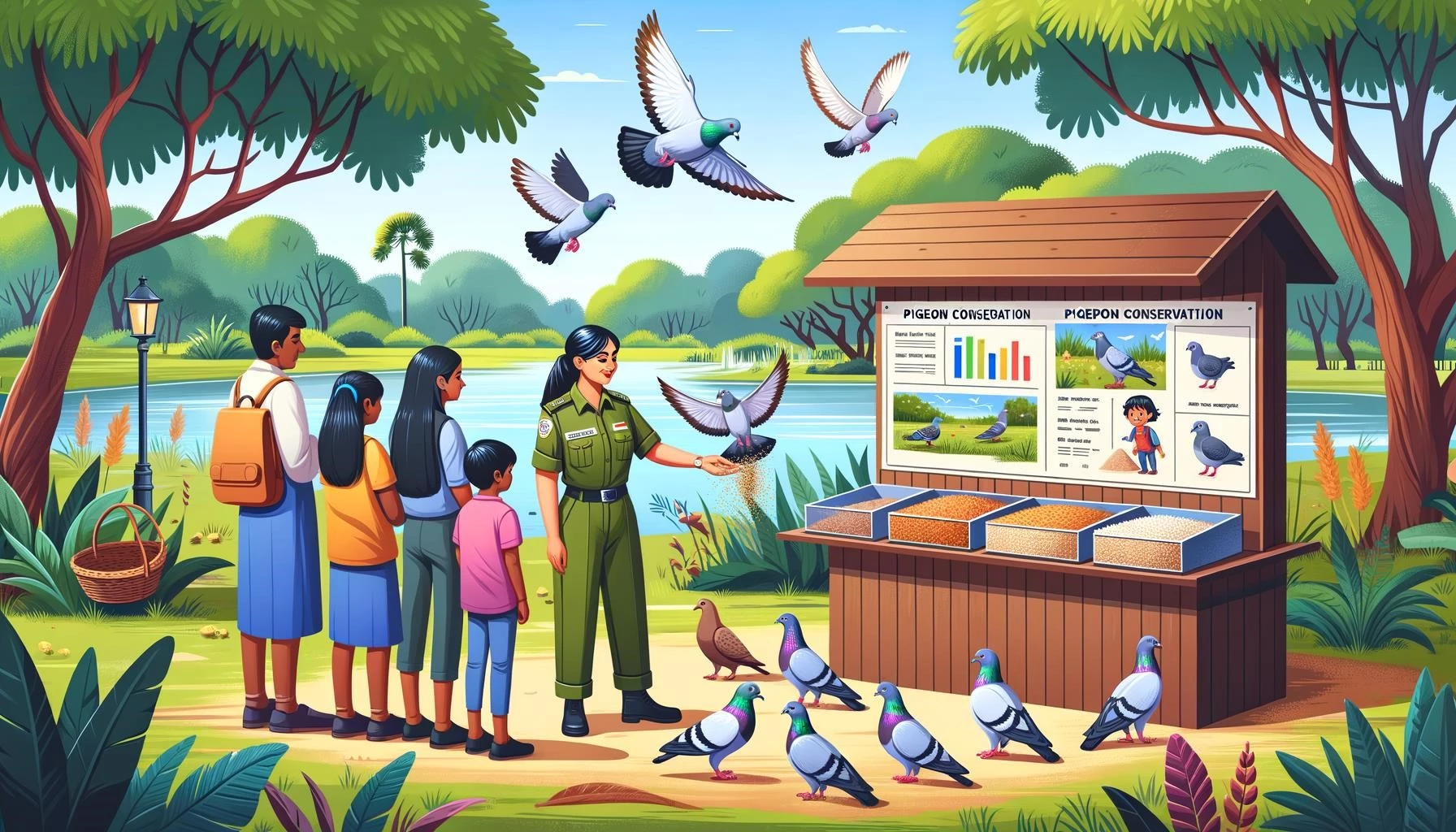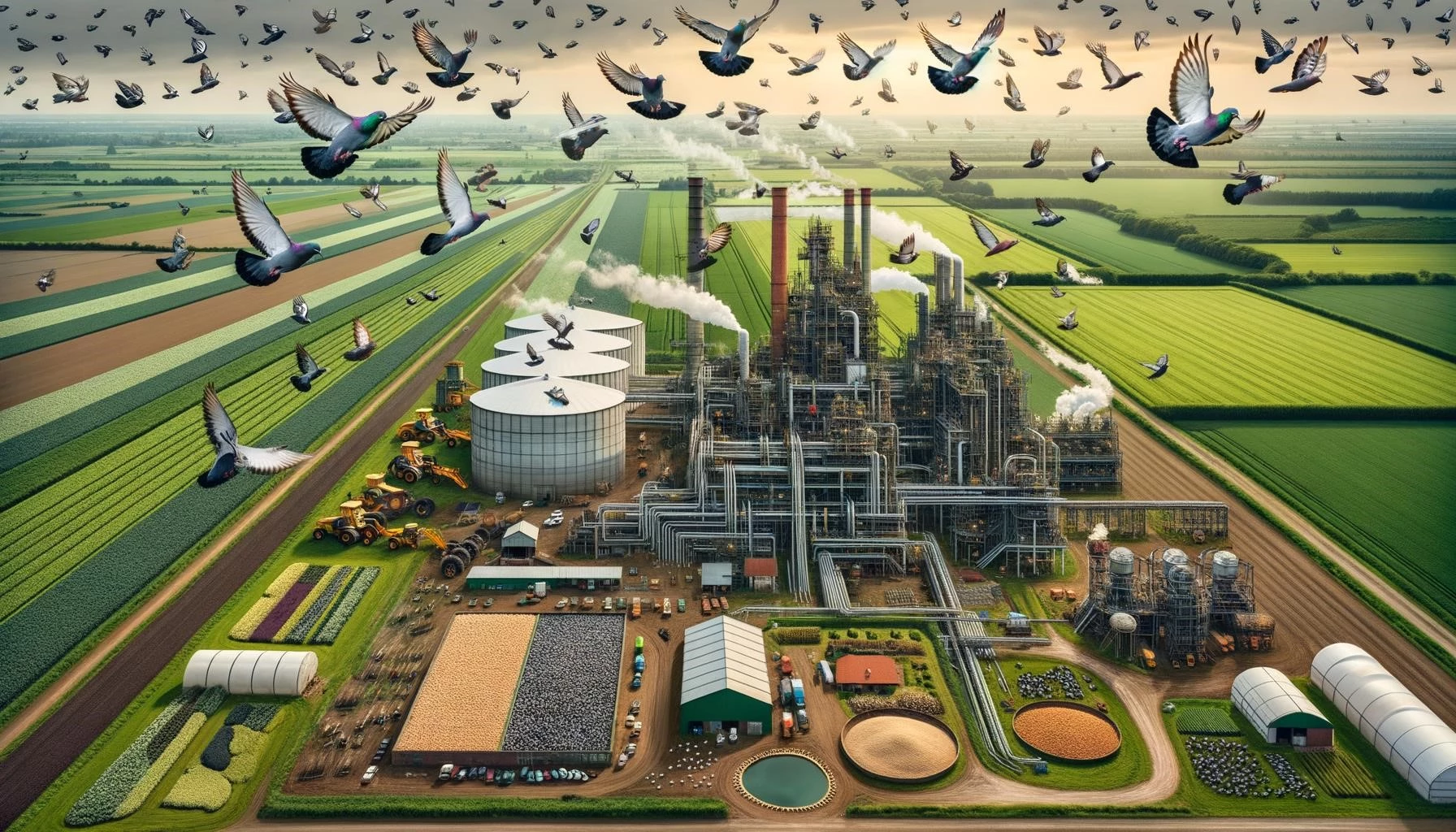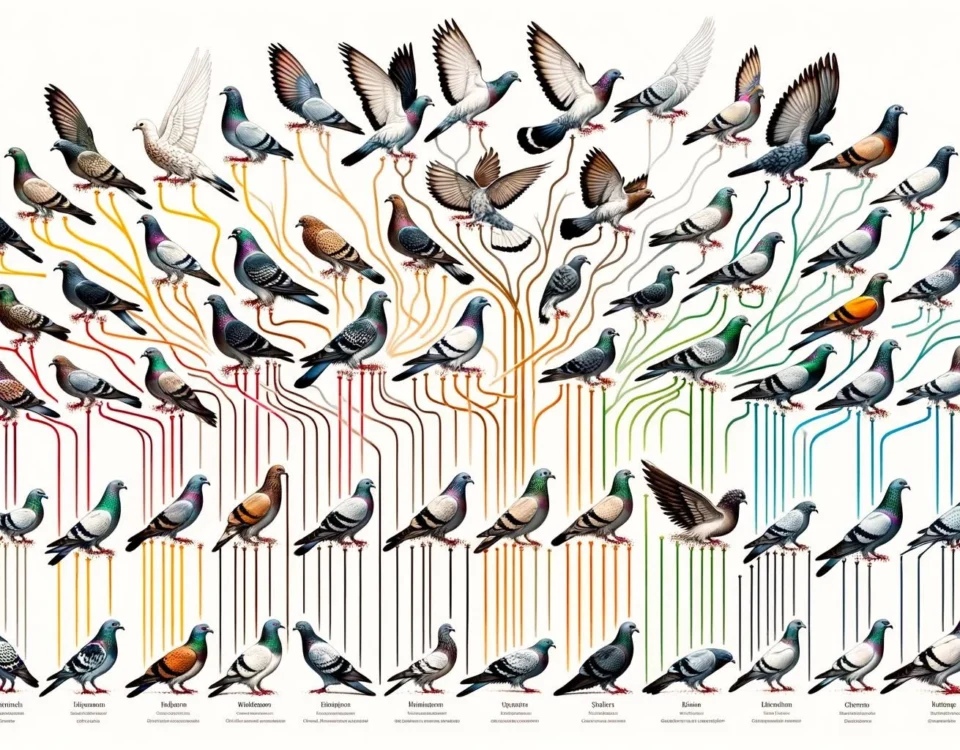Wild pigeons, also known as feral pigeons, have a complex relationship with agriculture. While some view them as pests that cause damage to crops, others recognize their role in the ecosystem and their potential benefits for farmers. In this article, we will explore the various aspects of the interaction between wild pigeons and agriculture.
Key Takeaways
- Wild pigeons, or feral pigeons, can be found in both urban and agricultural areas.
- Some farmers view wild pigeons as pests that eat and damage crops.
- Other farmers recognize the potential benefits of wild pigeons for pest control and soil fertility.
- Proper management practices can help farmers strike a balance between controlling wild pigeons and benefiting from their presence.
The Role of Wild Pigeons in Agriculture
Wild pigeons have been present in agricultural areas for centuries. They are attracted to fields and farms due to the availability of food sources, such as grains and seeds. However, their presence can be a cause for concern for farmers, as they may consume and damage crops, leading to economic losses.
On the other hand, some farmers recognize that wild pigeons can also play a beneficial role in agriculture. Pigeons have been known to feed on harmful pests, such as insects and weed seeds, which can reduce the need for chemical pesticides and herbicides. Additionally, the droppings of wild pigeons, known as guano, are rich in nutrients and act as a natural fertilizer, enhancing soil fertility.
It is important to note that the impact of wild pigeons on agriculture can vary depending on the specific location and farming practices. In some cases, their feeding habits may lead to significant crop damage, while in others, their presence can provide valuable ecosystem services.
Managing Wild Pigeons in Agriculture
To strike a balance between the benefits and challenges associated with wild pigeons in agriculture, farmers can employ various management strategies:
- Scare Tactics: The use of scare devices, such as visual repellents like reflective tape or scarecrows, can help deter wild pigeons from crop fields.
- Netting and Exclusion: Covering crops with nets or using physical barriers can prevent pigeons from accessing the fields and causing damage.
- Habitat Modification: Creating alternative food sources or nesting sites away from agricultural areas can redirect pigeon populations and reduce their impact on crops.
- Integrated Pest Management: Implementing integrated pest management practices, such as crop rotation, companion planting, and biological controls, can minimize the reliance on pesticides and encourage a balanced ecosystem.
By implementing these strategies, farmers can reduce the negative impacts of wild pigeons on agriculture while still potentially benefiting from their presence for pest control and soil fertility.
The Importance of Sustainable Agriculture
The interaction between wild pigeons and agriculture highlights the importance of sustainable farming practices. By adopting environmentally-friendly approaches, farmers can minimize the need for harmful chemicals and promote biodiversity on their farms.
Sustainable agriculture practices, such as organic farming and agroecology, focus on building resilient and balanced ecosystems that work in harmony with nature. These approaches not only help manage pests and maintain soil fertility but also contribute to the long-term sustainability of agriculture by reducing environmental impacts.
Ultimately, the relationship between wild pigeons and agriculture can be a complex one. While they can be considered pests for their crop-damaging behavior, they also provide ecological services and contribute to the wider biodiversity on farms. Taking a holistic and sustainable approach to farming can help strike a balance between managing wild pigeons and harnessing their potential benefits for agriculture.









